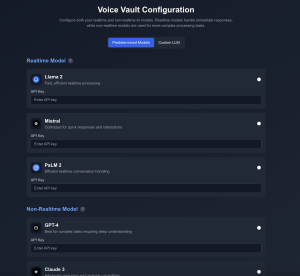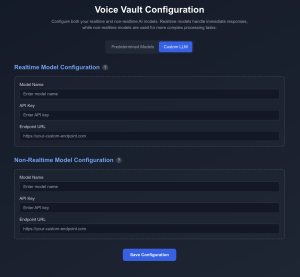We don’t have any significant risk at this moment that can jeopardize the the success of our project. We did however made changes to our design of the system. Originally we had planned to use 2 different types of models: a realtime model and a non-realtime model. However, we decided to pivot and remove the realtime model because we believe that it would compromise the safety and privacy of the user, which is our biggest requirement and goal. This pivot does not change our schedule. This week we got authentication working, our board setup, and got text to speech and speech to text working.
Status Report 2 specific questions:
Part A (Justin Ankrom): Voice Vault is designed to enhance public health, safety, and welfare by prioritizing user privacy. In terms of health, we support users’ psychological well-being by ensuring their interactions with the assistant remain entirely private, mitigating concerns about data surveillance and unauthorized access. Voice Vault operates on self-hosted infrastructure, preventing leaks that could expose sensitive personal information. We ensure that their interactions are never exposed to third-party entities. This design is particularly valuable for individuals handling sensitive information.
Part B (David Herman): Voice vault can have an effect on social and political factors due to its protection against data leaks and corrupt companies. Data leaks happen frequently even when the company storing it is not actively sharing it. Data can also be misused which has happened often before and still happens now. Information such as what a person asks a voice assistant in their own home is very sensitive, and is best kept to oneself. Our device allows users who do not trust where their data goes and who holds it a solution with privacy.
Part C (Kemdi Emegwa): Voice Vault is positioned to be an economic powerhouse, with a reasonably low cost basis, if it were to be coupled with a high means of production he economics of the project are very high. The cost of producing our prototype is expected to be under $150, which if we wanted to sell this product allow us to price it extremely competitively. Additionally, since the user can host their own model, they have complete control over the cloud costs.




